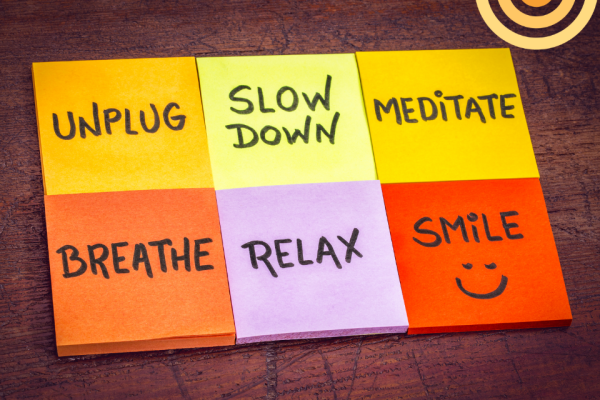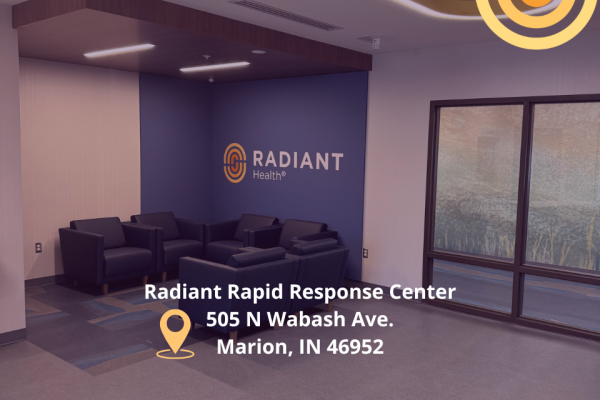I would have never thought that loneliness could become an epidemic and be considered more damaging to people’s health than physical inactivity or obesity. Yet, in a recent report from the U.S. Surgeon General Dr. …

Loneliness
I would have never thought that loneliness could become an epidemic and be considered more damaging to people’s health than physical inactivity or obesity. Yet, in a recent report from the U.S. Surgeon General Dr. Vivek Murthy, that is exactly what is happening. And the details of the reasons why are also astounding. It is not due solely to social media, which is certainly listed as an accelerant, as well as covid.
In fact, the research is showing that this latest epidemic has been years in the making – as far back as the 1970s.
In the 1970s, 45 percent of Americans said they could generally trust other people, according to the surgeon general’s report. Today, less than one third say the same. In addition, the amount of time Americans say they spend alone every day has risen by nearly 30 minutes from 2003 to 2019 and increased another 20 plus minutes in 2020, the first year of the pandemic.
And the amount of time that 15–24 year-olds spend with their friends in person dropped by nearly 70 percent from 2003-2020.
The information just keeps getting more somber as just 16 percent of Americans say they feel attached to their local community.
This is combined with the fact more people are living alone more, marrying less and not having children as often.
So, what do we do?
Locally, I believe we can work to engage one another in various social activities whether that be ones we participate in directly or are spectators such as watching local sporting events, musical concerts or plays.
Certainly, each person must decide what level of involvement is right for them.
As for me, I will be working to be more intentional about my interactions with my family, as well as those I interact with both at work and in life in general.







